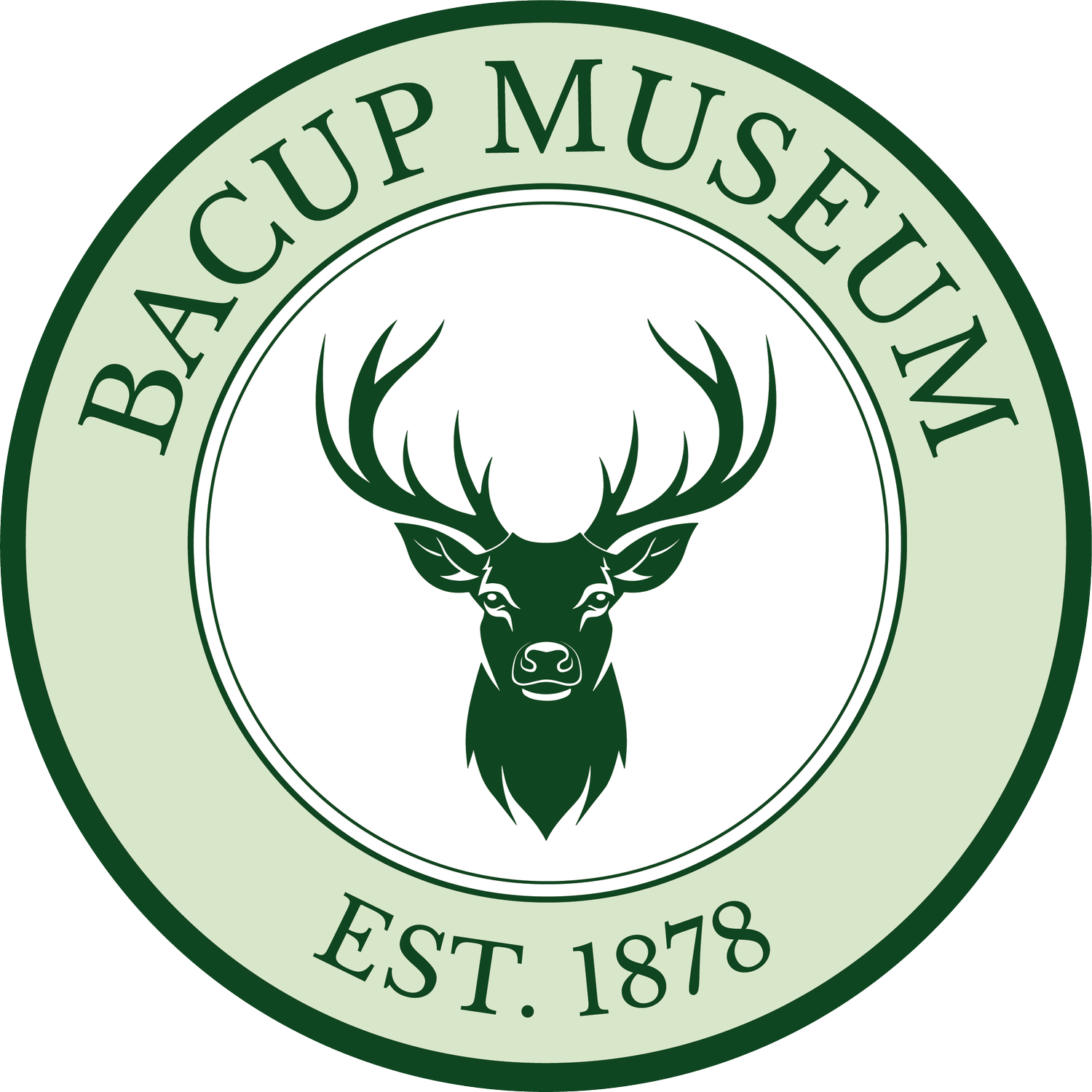Our History
On the 5th of October 1889, Professor William Boyd Dawkins of Manchester formally declared the new premises of the Bacup Natural History Society open.
Prior to their move to number 6 Yorkshire Street, the society had been housed in a cottage on Rochdale Road, next door to the Co-operative store owned and provided rent-free for the first year by Dr Joseph Hardman Worrall, J.P and Vice President who lived next door, the name changing to the Bacup Natural History.
Following Dr Worrall’s death in January 1889 and his predecessor, Dr Holmes moving premises in 1892 to a surgery across the road the cottages were demolished and the Maden Public Baths built on the site. Professor Dawkins also paid tribute to the working man when he gave his speech, stating that ‘the knowledge of nature belonged to all classes’.
The first president was Mr Henry Halstead with the other first committee members being Mr Joseph Holmes Secretary; Sam Rudd, Tom Skinner, Edwin Heyworth, William Skinner, William Crabtree, Charles Skinner, John Sutcliffe, Robert Skinner, Thomas Sutcliffe.
Over the years there were many other notable persons connected to the “Nat” from various walks of life these included Messrs Thomas Aitken, J.P the second President, Dr Joseph Hardman Worrall, J.P, Vice President, Henry Kerr, John Henry Maden, J.P, Robert Munn, J.P, George Shepherd, J.P, Dr John Percival Brown, George Scott, John Pickup, Thomas Marsden, Levi Bolton, John Edward Lord, James Holland, Herbert Bolton F.G.S, John Lord, Richard Wilder, J.F Wilkinson, B.A, Reuben Hudson, Ernest Edward Barlow, P.J. Roberts F.G.S, and W.H.Buckley to name but a few.
Members were encouraged to bring in natural history or fossil specimens collected during their Sunday rambles a popular Victorian pastime. Following the rambles, the members would gather to show and discuss their findings. Lectures on various scientific or natural subjects were given by various speakers firstly in the tea room of the Co-operative Society and then later in Mr. Gooding’s Dining Rooms on Market Street.
Efforts had been under way since 1885 to find rooms in which to house a museum and which would accommodate the growing numbers of members and this was accomplished with the renting of number 6 Yorkshire Street, where on the 10th May 1889 a museum was opened on the upper front room. Some of the museum’s earliest exhibits were a case of pistols and a human skeleton donated by Mr. Lawrence Lord. Esq, and a wooden spade from Scarr End pit.
During the 1880s the club was open from 7 pm till 10 pm on weekdays, and from 2 pm till 11 pm on Saturdays. A visitor to the town in 1903 asked a resident where he would find the Nat Museum. After some questioning, the resident replied “Oh! It’s the Muck-Flea Club you want”, whilst others called it the “bug club”.
The Nat rooms were well equipped to cater for all the member’s needs including the use of a bathroom where a bath could be had for 4d with a towel or 3d without a towel. On the 30th of April 1915, the committee sent their best wishes to those committee members and members serving in the forces. A special committee consisting of the President Mr James Horrocks, Mr Brown and Mr James Hargreaves was appointed to oversee the sending of a suitable present to those members on active service. A gift of cigarettes was sent along with a letter informing them they had been included in the “Nat Roll of Honour” and a poem penned by Mr Hargreaves, a local well-known poet who wrote using the pen name “Shepster”.
The Nat Roll of Honour
Robert Booth, Ronald Crowther, Arthur Greenwood, Frank Horrocks, Edward Jowett, Joseph Marsden, William Rae Pickup, Harry Ritchings, Edward Smith, Dr Arnold Taylor, Richard Wright, William Brown, Harry Cropper, Tom Rothwell, Alfred Stansfield, Joseph Temperley, John Hoyle, Granville Collinge , James Fielding, Walter Heyworth, Arthur Grime, Fred Horrocks, Bert Lord, George Marsden, Ernest Pilling, William Horrocks, Harold Lumb, John Myerscough, Alex Pounder, Archie Rushton, Harry Suthers, Robert Temperley, Samuel Myerscough.
Altogether 32 members were added to the Roll of Honour with five of these paying the ultimate sacrifice, two of whom Frank and Fred were the nephews of President James Horrocks. James became president of the Nat on April 5th 1908,remaining president and taking a very hands-on and active part in the running of the “Nat” for 30 years, overseeing the move to new premises in the Sunday school adjoining Zion Baptist Church in Market Street, following the serving of a formal notice to terminate the premises at Yorkshire street on the 18th Jan 1935, by the council, who were planning to build a new Electricity Showrooms on the site. One of his closest friends said at the time of his death in 1939 that “he has done more than any other individual, during his Connection with us, to advance the cause we have all so much at heart”
A shock awaited the worshippers of Zion Baptist on Market Street, who came to service on the morning of 8th July 1945 when it was discovered that several coping stones had fallen from the gable end of the building this along with other faults in the building meant that by spring 1947 the committee was again searching for new premises, with a decision made by the end of September to rent the former Hare & Hounds Public house. By September 1951 the committee had decided to purchase the property from Massey’s Brewery Ltd, Burnley for the sum of £350.00.
The Nat Presidents Of The Past
Thomas Aitken, Rev J Doxey, James Horrocks, James Hargreaves, Edmund Pilling, James Henry Hargreaves, Clarrie Read, Ben Ashworth, Arnold Barcroft, Richard Catlow, Ken Bowden.






